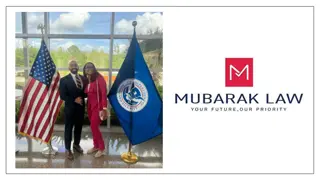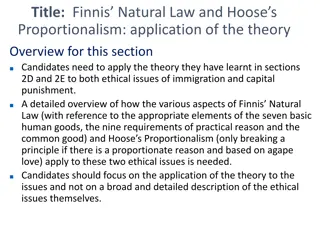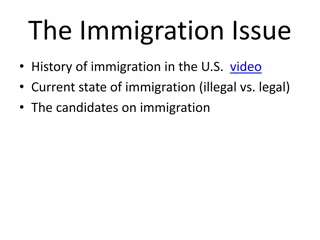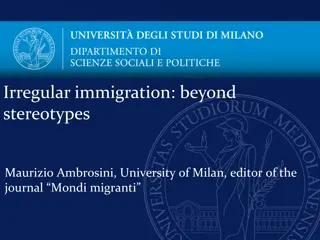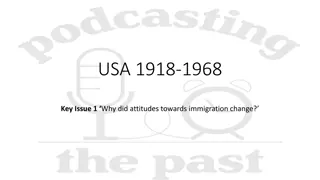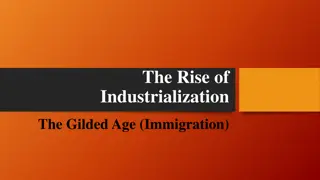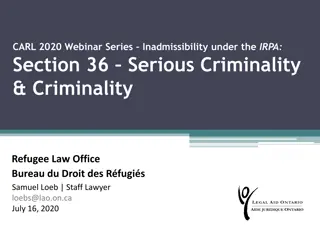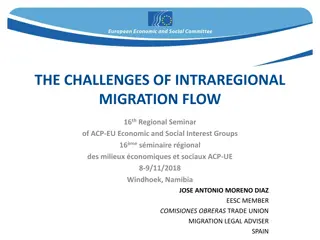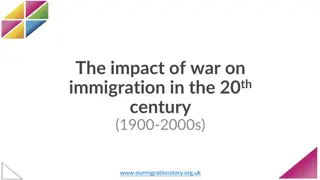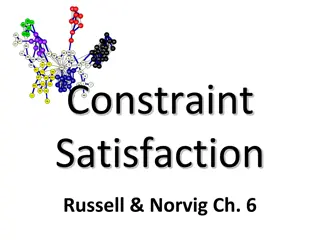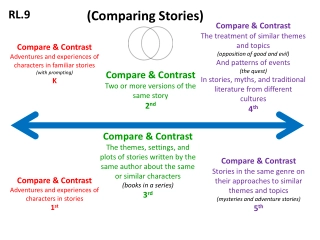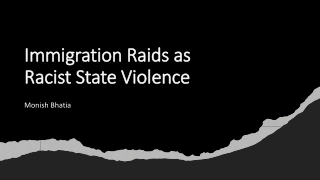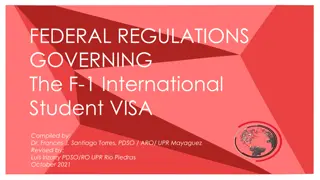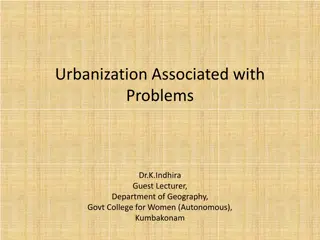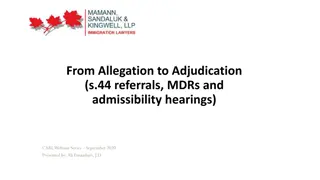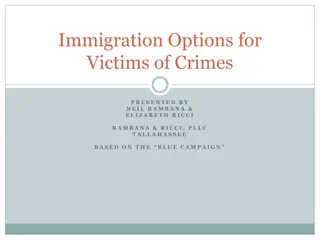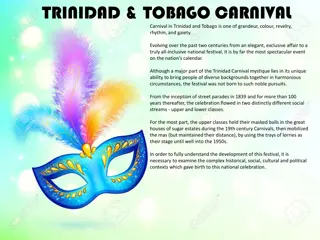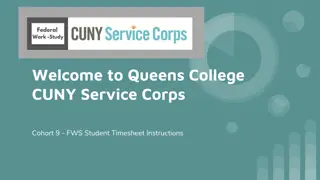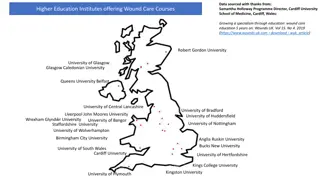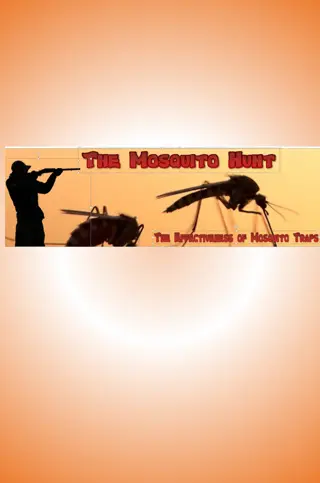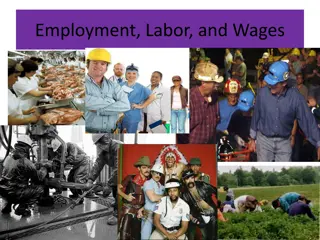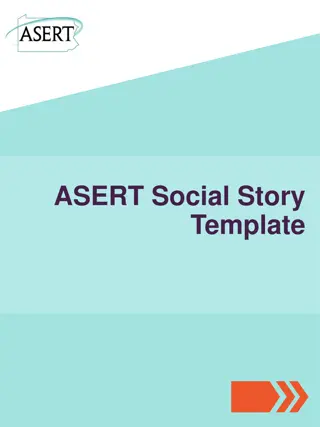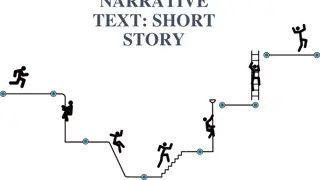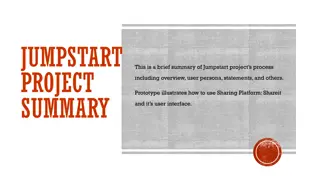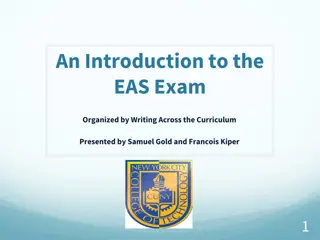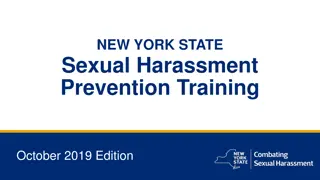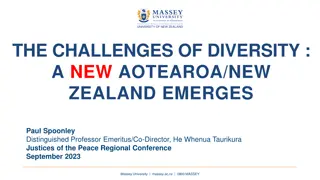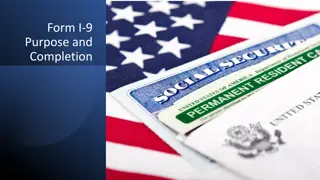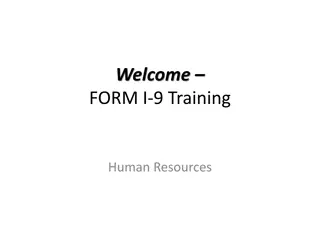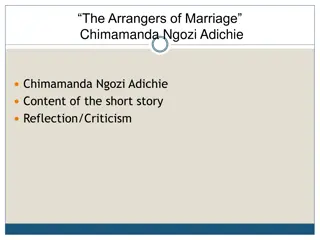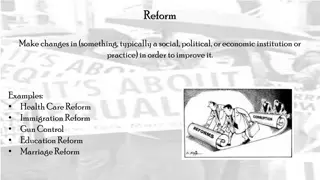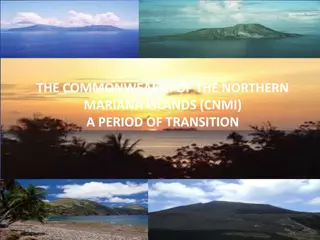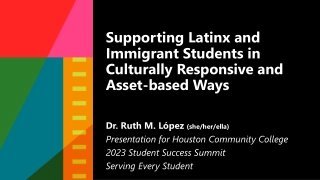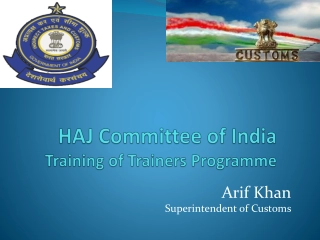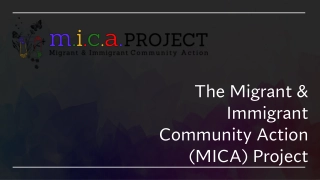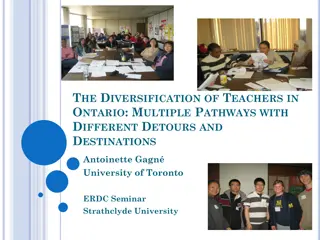Stories of Immigration in Queens, New York
America is known for its diverse immigrant population, with Queens, New York, being a melting pot of various ethnic groups. This article explores the experiences and journeys of immigrants in Queens, highlighting the challenges they face, the sacrifices made to build new lives, and the sense of pride in their cultural heritage. Through personal stories like that of Richard, whose great-grandfather emigrated from Poland, and Tanja, a first-generation American with Jamaican roots, we see the resilience, hard work, and intergenerational connections that shape the immigrant experience in America.
Download Presentation

Please find below an Image/Link to download the presentation.
The content on the website is provided AS IS for your information and personal use only. It may not be sold, licensed, or shared on other websites without obtaining consent from the author. Download presentation by click this link. If you encounter any issues during the download, it is possible that the publisher has removed the file from their server.
E N D
Presentation Transcript
Reading Read the article about immigrants in New York. Work in pairs. Why do you think people emigrate? . What difficulties do you think they face when they settle in a new country? Compare your ideas with another pair.
America itself is well-known for being a melting pot of different ethnic groups and cultures, but nowhere is this diversity more pronounced than in Queens, New York. Here, second-generation Puerto Ricans live alongside third-generation Greeks and first- generation Koreans, all united by a common feeling of pride in their American identity. However, they are also proud and curious about their ancestral roots. National Geographic s Genographic Project, known also as the Human Family Tree, set out to trace the origins and common ancestry of the various immigrants in this community by examining their genetic makeup using a simple DNA test. The study was well supported by local residents, but often what was of more immediate interest to people was something which intrigues us all: the history of our recent ancestry. In other words, how their grandparents and great-grandparents arrived in America, and what brought them there in the first place.
One recurring theme among immigrants seems to be the hard work and sacrifices that went in to building a new life and how their descendants now feel a duty to honour their efforts by working hard too. Here are two Queens residents stories. Richard, 38 My great-grandfather Tomas came to America from Poland when he was fifteen. His mother had become ill and died, and his father remarried to be able to take care of his seven children. Tomas didn t like his stepmother, so he ran away to Belgium, where he boarded a ship to America without a ticket. He was clearly something of a free spirit. Arriving in America with nothing, he got a job on the railroads in California. Then one day he saw an announcement in a newspaper that was read by immigrants. It was from his brother in New York who was also seeking his fortune in America and was looking for him. Tomas got in touch and they had an emotional reunion in New York, where Tomas subsequently settled. This is the story that my grandmother has passed down to us, to my parents and all my aunts and uncles. She is an amazing woman and the head of the family, I suppose; the one who holds us all together. She s actually quite forgetful now, but she never forgets family details. What that has meant is that all of us brothers, aunts, cousins have a strong family bond and a strong sense of belonging to a group that has struggled and fought together to succeed here.
Tanja, 29 I m a first generation American. Both my parents came here from Jamaica, where getting a good education is a must. My mother always says that people may take everything away from you, but they can never take away your education. My father was a nurse in Jamaica, but he had an ambition to be a doctor in the US; when he first came here, he studied during the day and went to work at night. My parents have a strong work ethic. My mum has always worked as a nurse, but at the same time has always been very involved in our lives also, helping with our studies and following our careers with interest. Both my sister and I have followed them into the medical profession and now I m working as a doctor at the Mount Sinai hospital in Queens. I don t know if that kind of dedication is genetic or just something that you learn from your parents, but that desire to get ahead we ve certainly both inherited it. The great thing about America is that it gives you the opportunity to live those dreams too.
Answer the questions. Then compare your answers with your partner 1. What is special about the area of Queens in New York? 2. What do Richard and Tanja s families have in common? 3. What are the differences between Richard s and Tanja s stories as immigrants 4. Are the sentences true (T) or false (F) according to the article? Immigrants in Queens feel attached to their new country. People are much more interested in learning about distant ancestors than recent generations. Some years after immigrating to America, Tomas met his brother in New York by accident. Richard s grandmother has kept the family history alive. Tanja s mother wasn t able to balance work with looking after her children s education. Tanja and her sister have chosen to have similar careers to their parents.
5. Look at the article and choose the correct explanation of each phrase. a melting pot (para 1) a a place of conflict b a place where all mix together c a place which attracts their ancestral roots (para 2) a where their family came from originally b how they got to America c their parents character one recurring theme (para 3) a sad fact b common story c unusual quality seeking his fortune (para 4) a hoping to get lucky looking for the right job looking for a way to get rich a must (para 5) a a good thing b a right c a necessity
Critical thinking identifying the main aspect Work in pairs. This article deals with different aspects of emigration. Identify the aspects in each of the first three paragraphs. Compare your answers with another pair to check you have identified the same themes. Read the personal accounts of the immigrants again. Which of the aspects do their stories pick up on? Which aspects are not really mentioned again? Discuss what the main aspect, or message, is of this article. Then ask other pairs if they have reached the same conclusion.
Speaking Look at these phrases from the passage describing family characteristics or traits and discuss what they mean. He was clearly something of a free spirit. My parents have a strong work ethic. We ve both inherited that desire to get ahea .
9. Look at the questions below and note down your answers. Then ask your partner about their answers. Does family have a similarly strong influence in your lives? HOW DOES FAMILY SHAPE YOU? Would you say you are a close family? How much time do you spend with family: out of a sense of duty? because you choose to? Is family a consideration for you in choosing where to live? How conscious are you of your family s history? Is there a strong family trait? Have you inherited it? Is there a head of the family ? How important is it to have this person s approval? Is there someone in the family you particularly admire? Why? Has your family influenced the career path that you have chosen? When seeking advice, are you more likely to turn to friends or family? How important is it to you that your family approves of your partner? Would you say your family members have the same attitude to:


